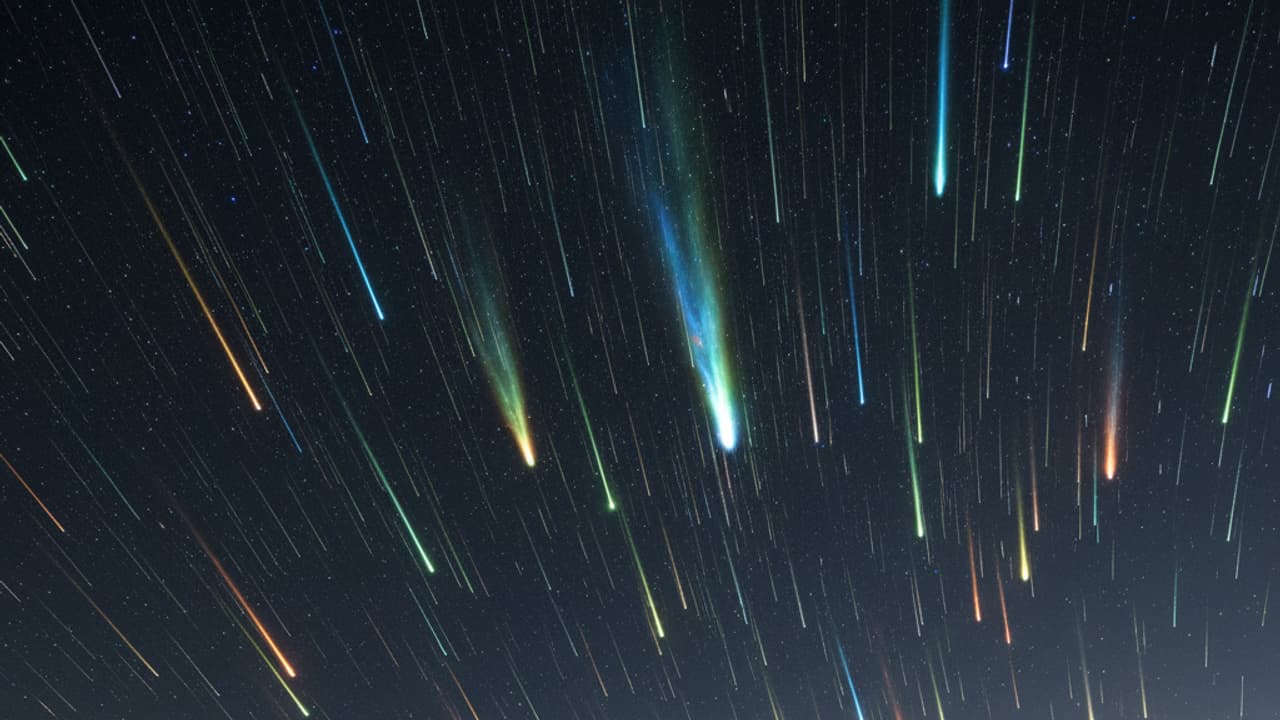The Taurid meteor shower’s “Halloween fireballs” dazzle the night sky — but researchers warn they could hide impact risks in 2032 and 2036. Scientists study the Taurid swarm to enhance planetary defense and public awareness.
Each Halloween, the Taurid meteor shower lights up the night sky with brilliant “Halloween fireballs.” These glowing streaks come from debris shed by Comet Encke, offering a celestial spectacle for stargazers across the world. But scientists warn that this beauty may hide a lurking danger.
Hidden Risks in the Taurid Stream
Researchers led by Mark Boslough at the University of New Mexico are studying whether clusters within the Taurid stream could increase Earth’s risk of impacts in 2032 and 2036. Their work, presented at the Planetary Defense Conference, suggests that dense groups of near-Earth objects (NEOs) might occasionally pass close enough to pose a threat — though the overall risk remains small.
The team uses advanced planetary defense modeling and telescope data to track and predict potential hazards. Boslough, who previously modeled the Chelyabinsk explosion and the Tunguska blast, says detecting such objects early gives humanity a real chance to prepare or even prevent impacts.
The Mystery of the Taurid Resonant Swarm
Scientists are especially interested in a possible “Taurid resonant swarm” — clusters of debris influenced by Jupiter’s gravity. These could include larger fragments capable of producing airbursts like the 2013 Chelyabinsk event, which injured hundreds when shockwaves shattered windows.
Boslough explains that Jupiter’s pull may cause fragments to group together in predictable intervals, potentially creating denser streams that pass near Earth every few decades. Identifying these clusters could help scientists forecast future impact risks.
Awareness, Preparedness, and Safe Skywatching
Boslough stresses that awareness and preparedness are key. He urges people to rely on credible scientific sources rather than sensational online claims about asteroid strikes. For skywatchers, he adds that this year’s Taurid shower will be best viewed after 2 a.m. on Halloween night under dark skies.
Even as experts work to model and monitor these cosmic visitors, one thing is certain: the Halloween fireballs are more than just a show — they’re a reminder of our planet’s fragile place in a dynamic solar system.
